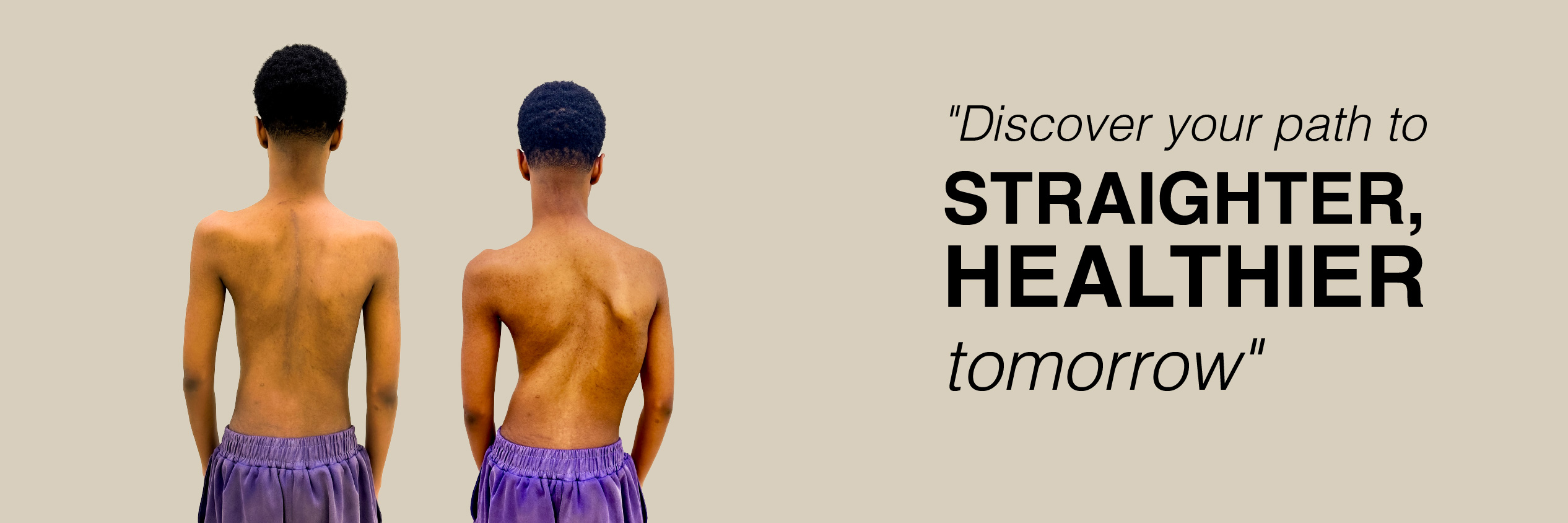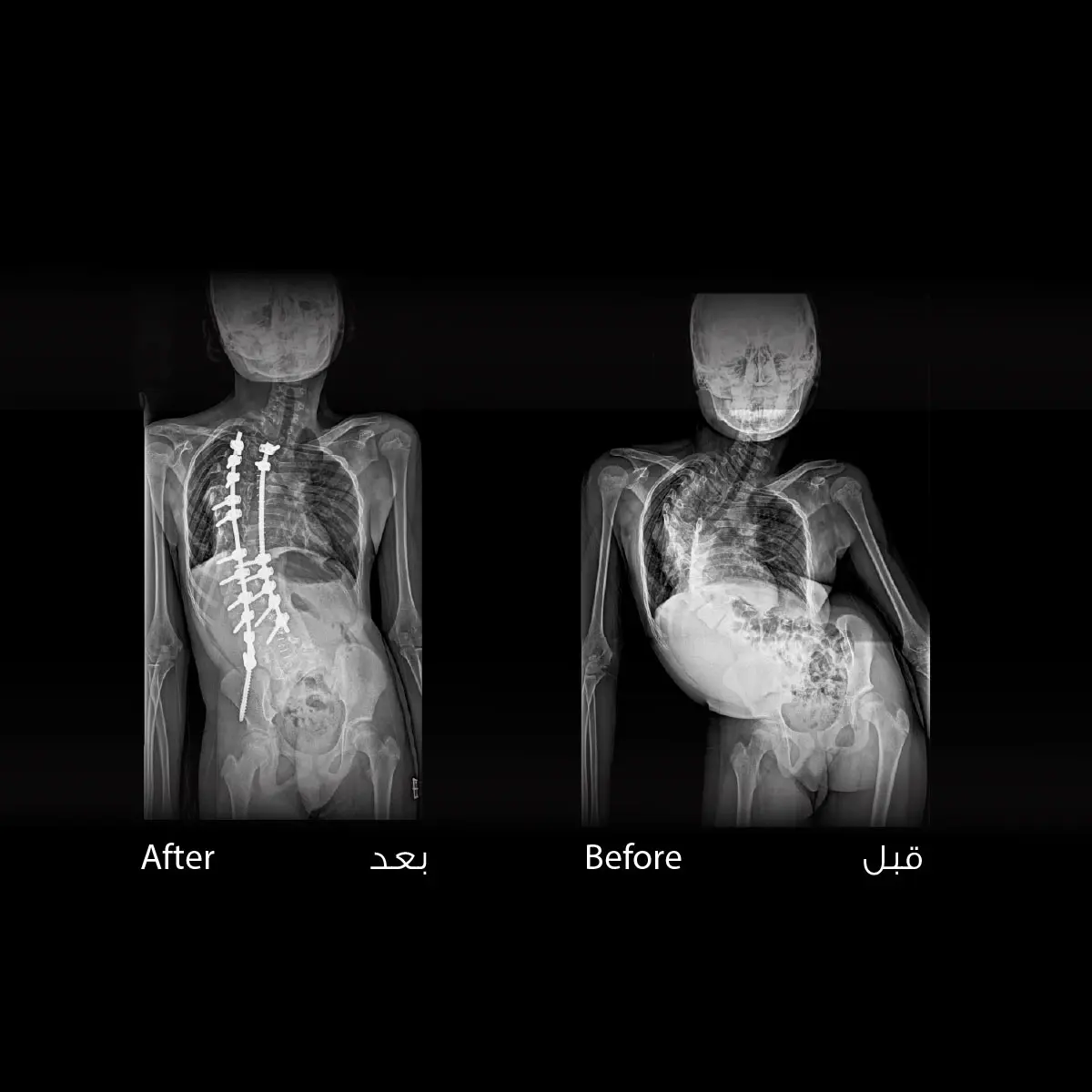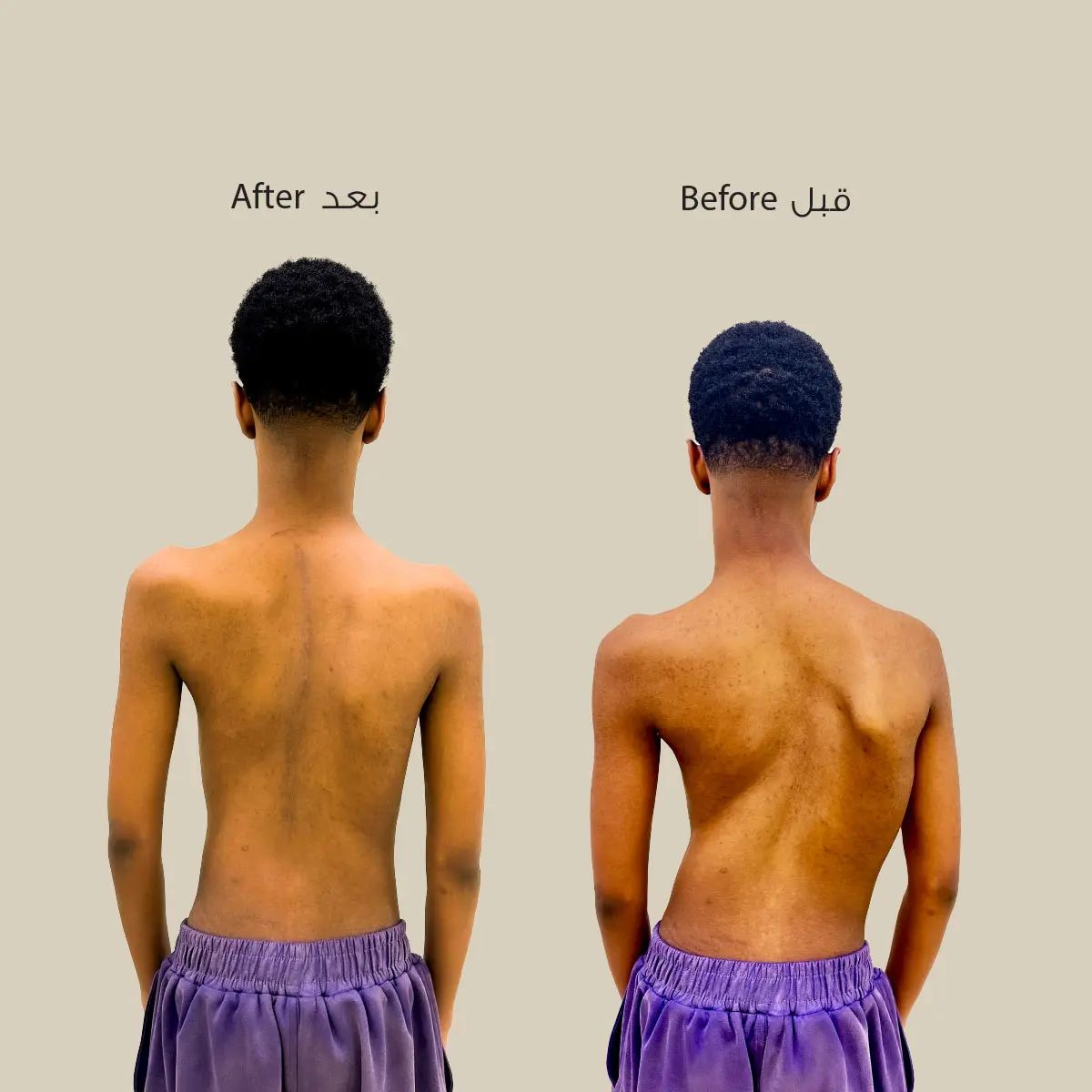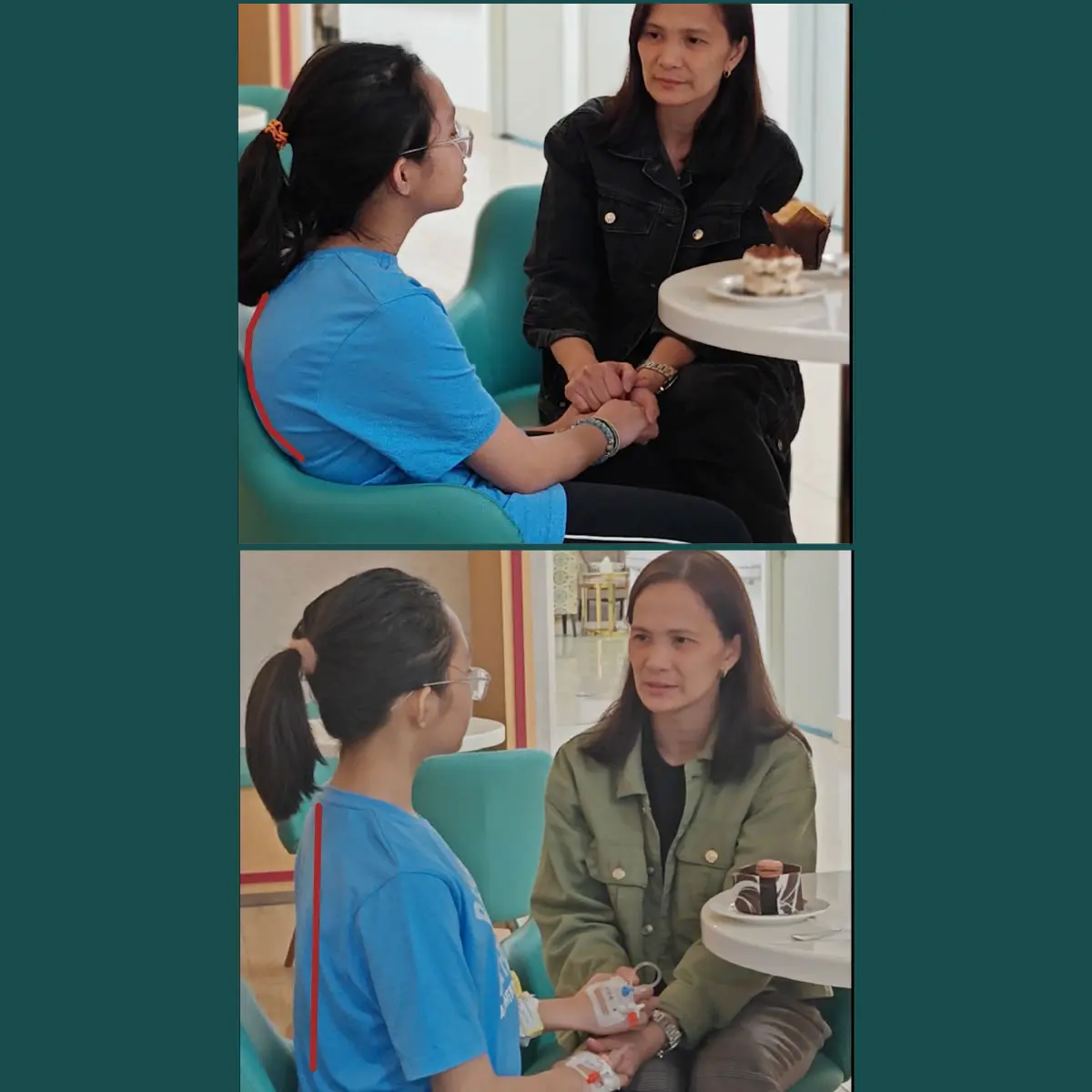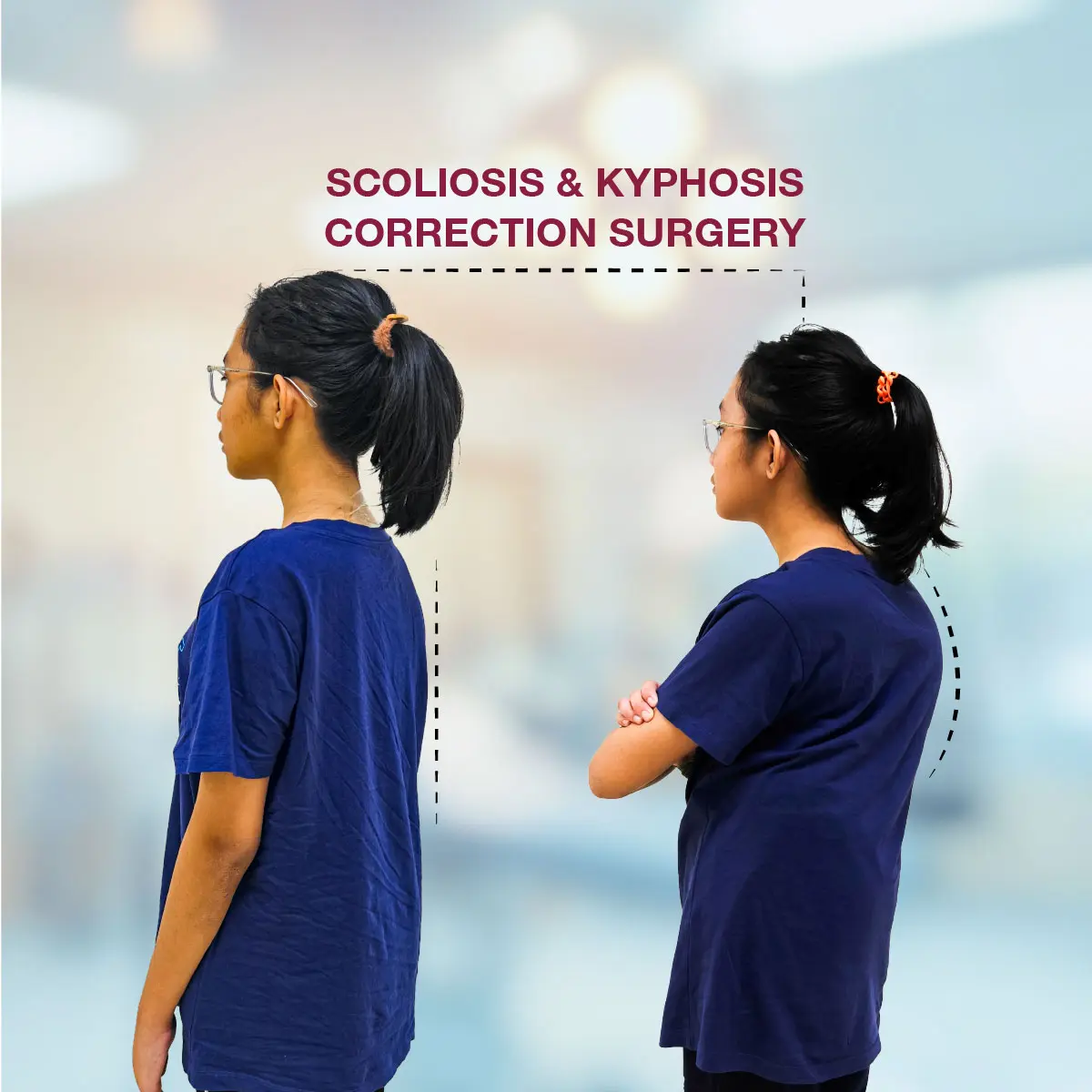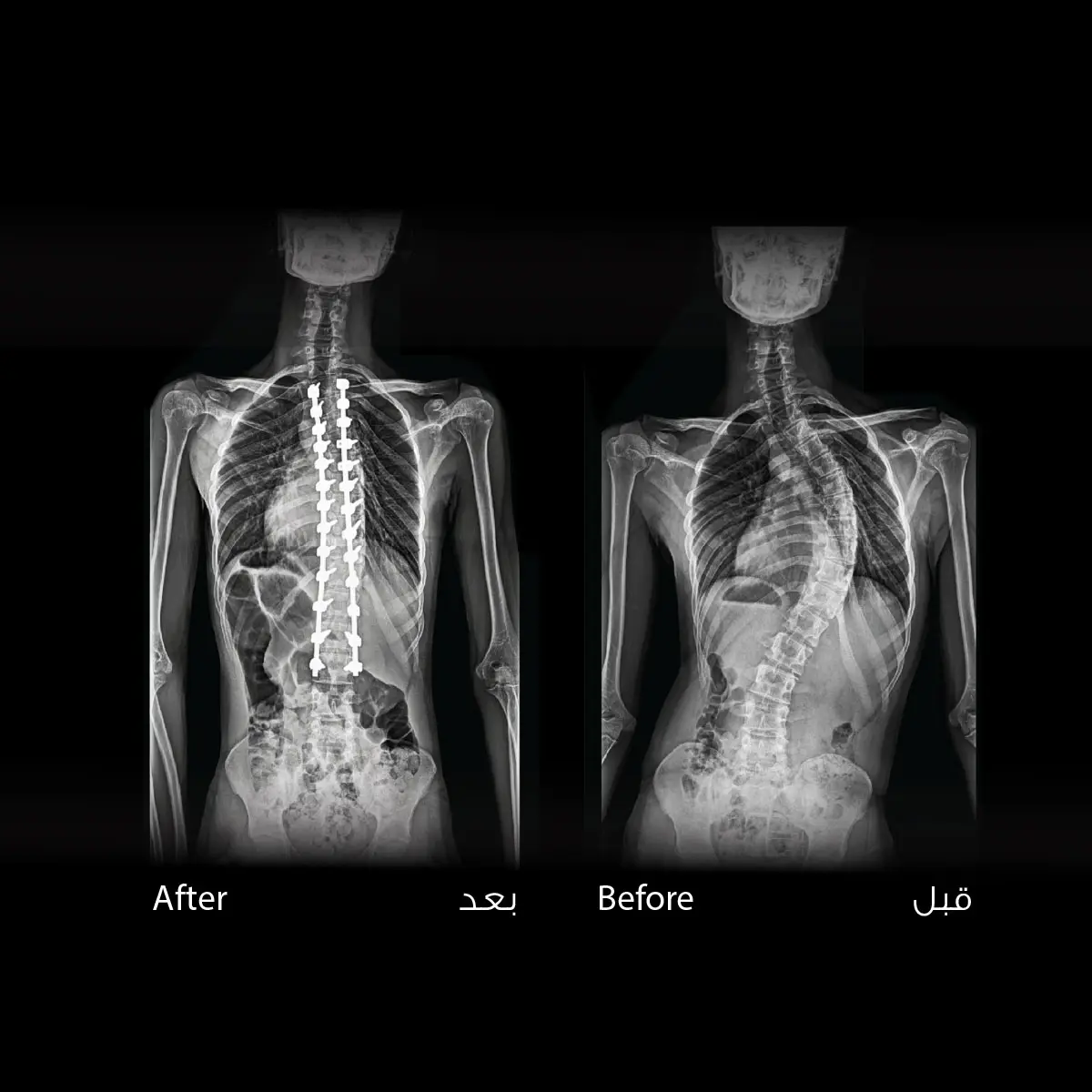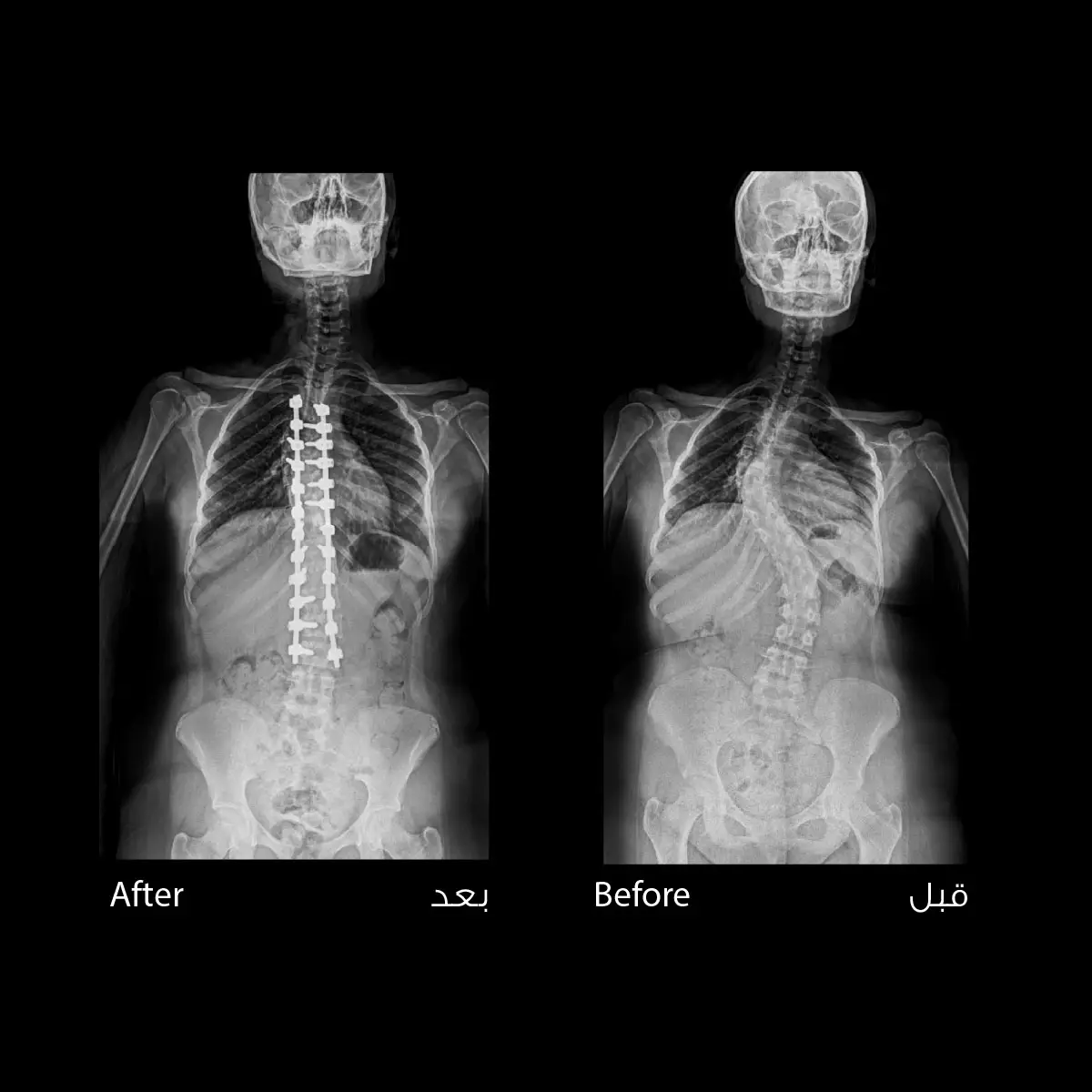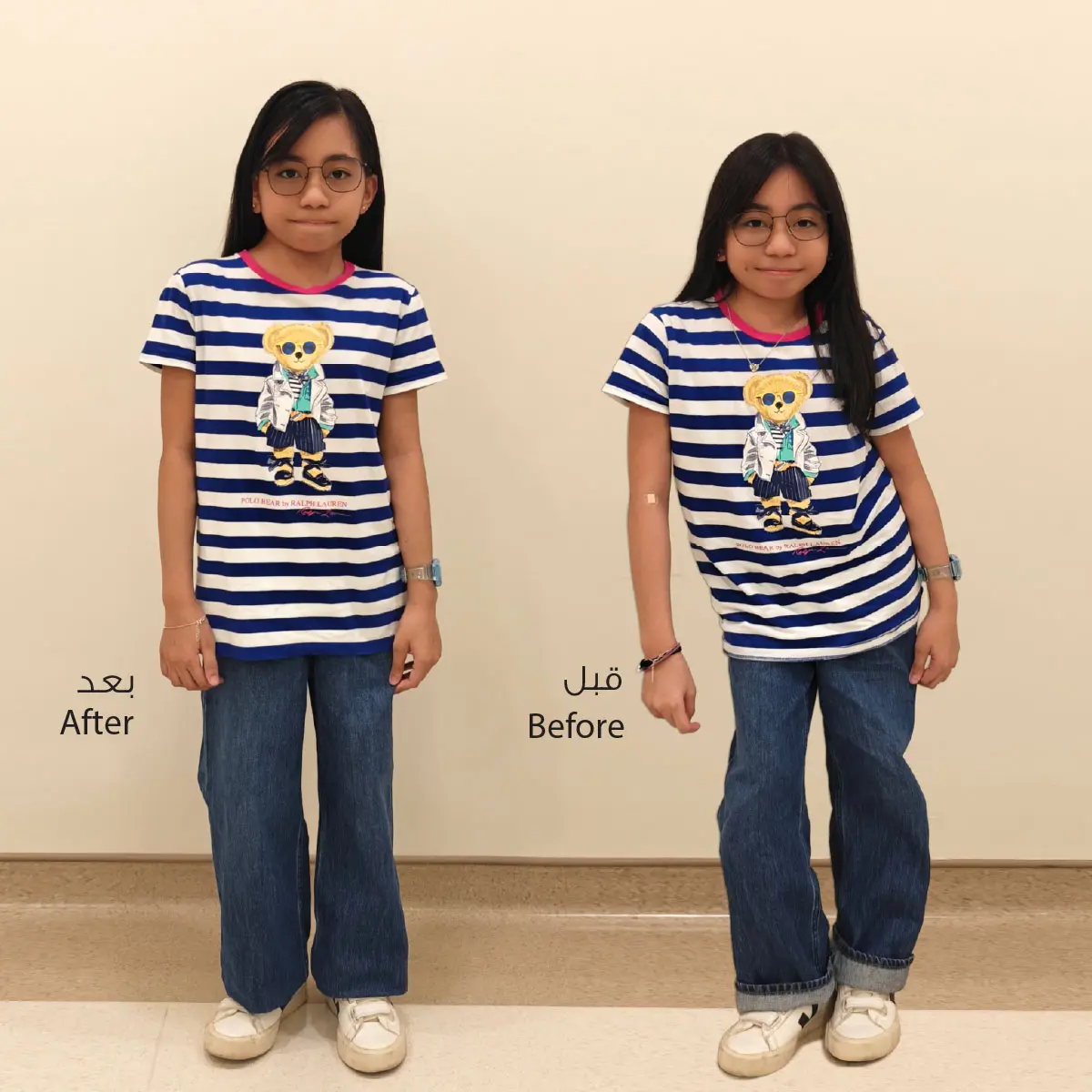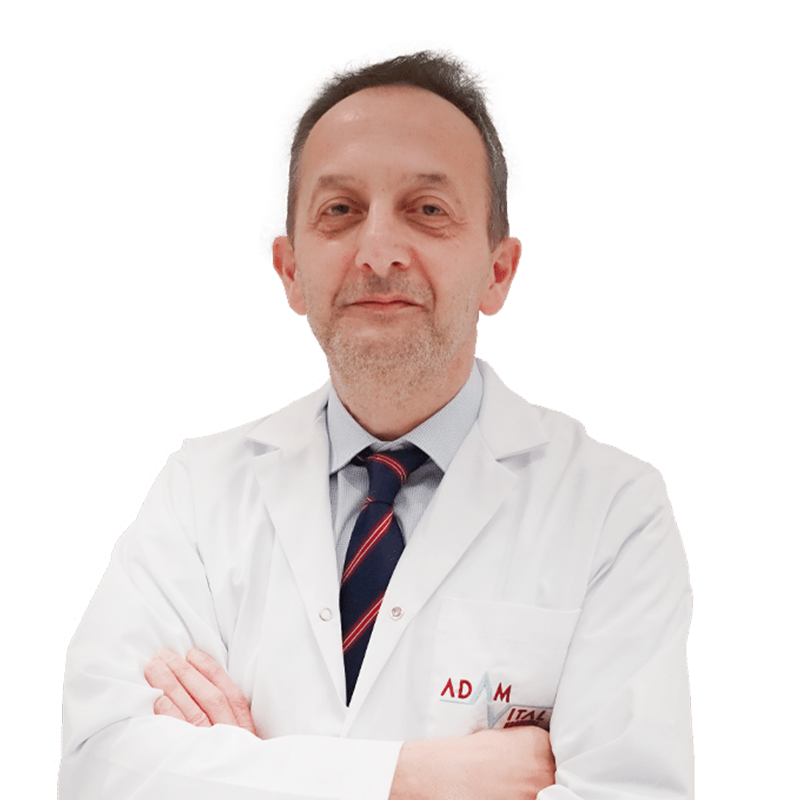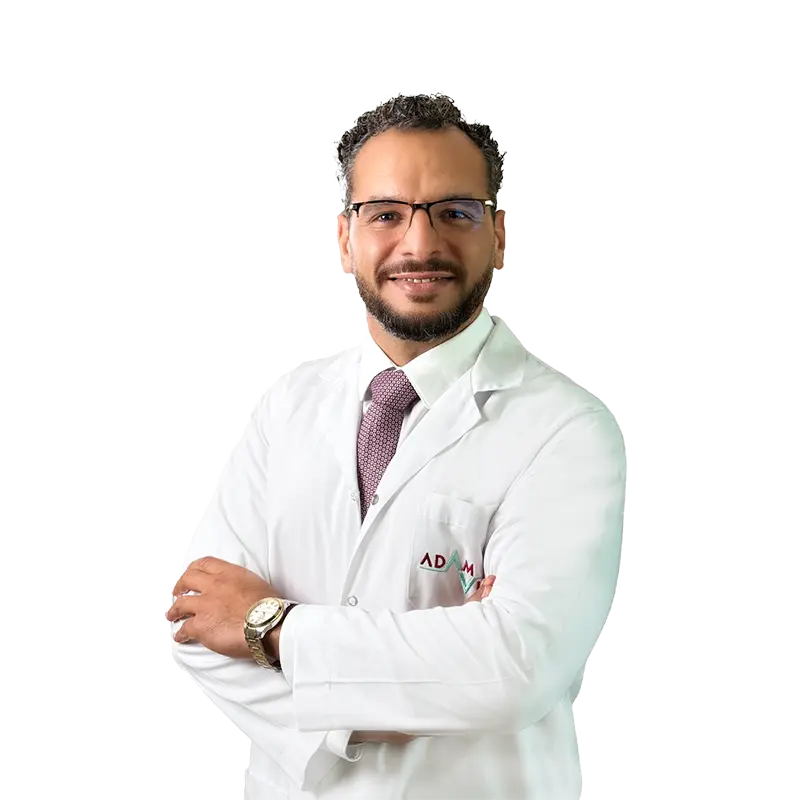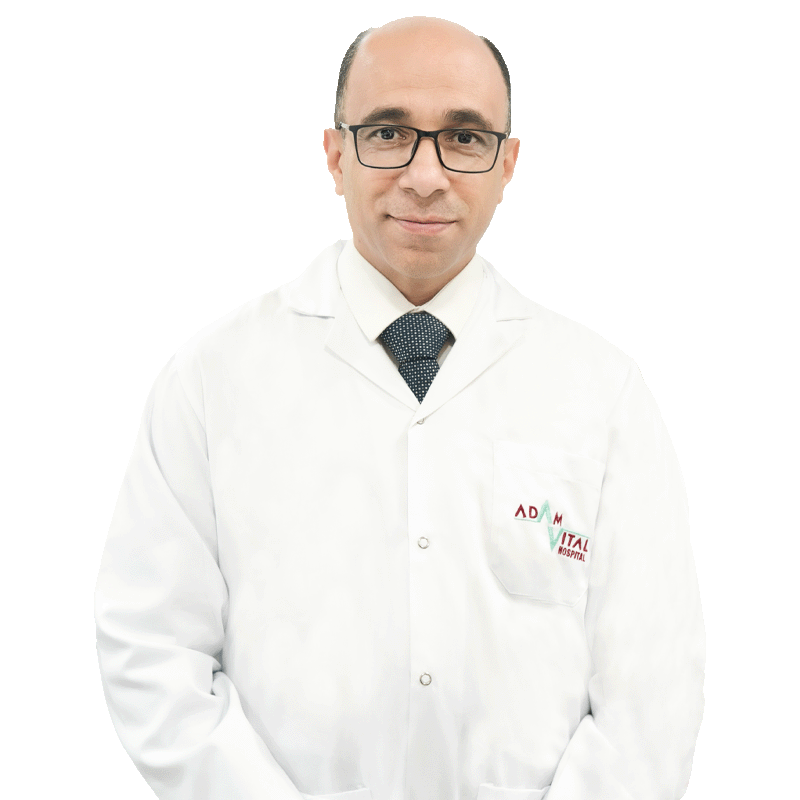Embrace Strength : With Adam Vital's dedicated Scoliosis Care and Recovery.
Welcome to Adam Vital Hospital, where we provide advanced and compassionate care for individuals facing the challenges of scoliosis and more complex conditions like kyphosis. Our dedicated team of experts is committed to enhancing lives through personalized treatment plans and state-of-the-art medical interventions.
WHAT IS SCOLIOSIS︖
Scoliosis is a common condition characterized by a sideways curvature of the spine, often emerging during puberty. While its origins can vary, most cases are mild. However, without proper attention, severe deformities may lead to significant functional disabilities, impacting lung function and overall well-being.

